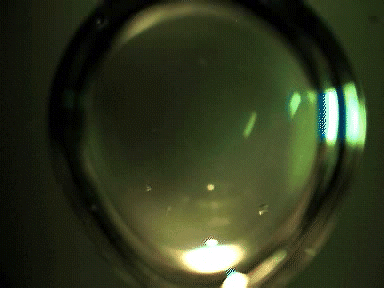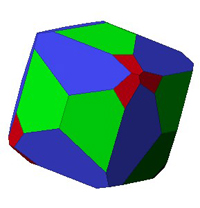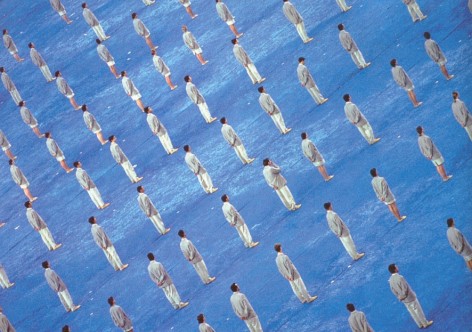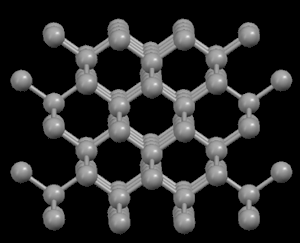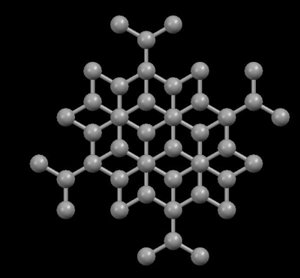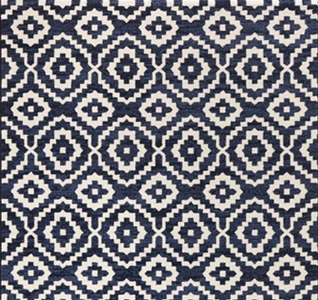
Repeated motifs in a carpet
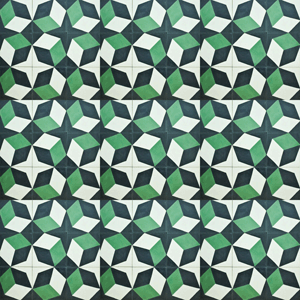
Repeated motifs in a mosaic
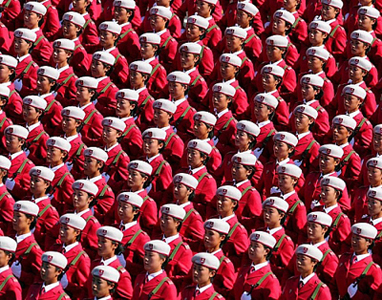
Repeated motifs in a military parade
If
we look
carefully at these drawings, we will discover that there is always a
fraction of them that is repeated. In crystals, the atoms, ions or
molecules are packed in such a way that they give rise to "motifs" (a
given set or unit) that are repeated every 5 Angstrom, up to the
hundreds of Angstrom (1 Angstrom = 10-8 cm), and
this repetition, in three dimensions, is known as the crystal
lattice. The motif
or unit that is repeated,
by orderly shifts in three dimensions, produces the network
(the whole crystal) and we call it the elementary
cell or unit
cell. The content of
the unit being
repeated (atoms, molecules, ions) can also be drawn as a point
(the reticular
point) that
represents every constituent of the motif. For
example, each soldier in the figure above could be a reticular point.









